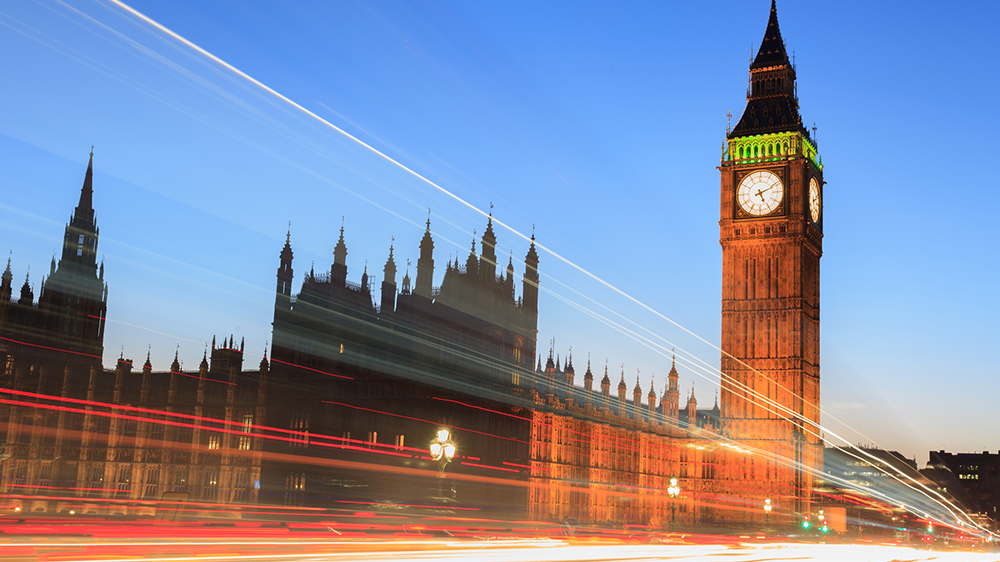
Rebecca Rees and John Forde look at the government’s ambitious proposed timeline to implement the Bill and anticipate some of the likely topics for debate in parliament.
The Building Safety Bill was published by the government earlier in the summer and the transition plan issued sets out an ambitious implementation timetable (see box).
Some key deadlines remain undefined. It’s unclear, for example, whether the new dutyholder regime will apply only to new higher-risk buildings constructed or refurbished after the Act becomes law, or whether existing projects will be caught by the requirements.
The government has indicated that existing higher-risk buildings will need to be registered with the Building Safety Regulator and landlords must present a safety case with key documentation and as-built drawings in digital format – but again, it is unclear how long they will have to meet these requirements.
In the meantime, plenty in the Bill could be subject to amendment. Much of the detail of the design and construction obligations for the new regime – the dutyholder roles, competency requirements, gateway processes and inspection regimes – has yet to be set out in secondary legislation and so is not likely to be debated by parliament as part of the passage of the main Bill.
Some of this draft guidance has already been issued: the draft Building (Appointment of Persons, Industry Competence and Dutyholders) (England) Regulations, published in draft alongside the Bill, set out competency and project management duties on all those commissioning and undertaking design and building works covered by the building regulations.
The issue most likely to prompt debate in parliament is whether leaseholders will shoulder the costs of remediation works for non-compliant buildings. The Housing, Communities and Local Government Select Committee, which reviewed an earlier draft, recommended that leaseholders shouldn’t have to pay.
However, the government’s response to the committee’s recommendations, and the wording of the 2021 Bill, makes it clear that landlords will be able to recharge building safety works to leaseholders, provided that they first exhaust available funding options, insurance cover and pursue claims against contractors for defective work. This issue has the potential to become a political hot potato, especially if the House of Lords opposes the recharge provisions as currently drafted.
Another issue likely to cause debate is the proposed extension of limitation periods for claims for breaches of the Defective Premises Act, which will allow prospective and retrospective claims for up to 15 years.
“Even if the government meets its proposed implementation timetable, the amount of work required to implement the new regime will be immense.”
This could be hugely problematic for a building industry in which most contracts have six or 12-year limitation periods and most professional indemnity insurance policies generally provide only 12 years’ coverage. However, even 15 years doesn’t seem to be enough for some: Conservative MPs Stephen McPartland and Royston Smith have already tabled an amendment to extend the limitation periods to 25 years.
Even if the government meets its proposed implementation timetable, the amount of work required to implement the new regime will be immense. While the regulator exists in shadow form, with Peter Baker appointed as the chief inspector of buildings, it has yet to set out in legislation key requirements for the dutyholder regime and the gateway processes for higher-risk buildings, appoint and train the required fleet of new building safety inspectors, define competency requirements for dutyholders in higher-risk buildings and establish appeals processes.
The building industry, too, will require significant upskilling to get to grips and comply with the new requirements and fulfil the various dutyholder roles anticipated by the new regime. For higher-risk buildings, accountable persons will need to be identified and building safety managers must be appointed. Substantial work will also be required to prepare safety cases so that buildings can meet registration and occupation requirements.
All of this will take significant time and money, supported by clear and timely guidance from the government and the regulator. With parliament only returning in September, we’re unlikely to see much action on the Bill until the autumn. The government will need to get its skates on if the regime is to be up and running by the current timescale of 2024.
Rebecca Rees is a partner and John Forde is a managing associate at Trowers & Hamlins.
Building Safety Bill timeline
Presentation to parliament
The Building Safety Bill was presented to parliament on 29 June 2021 and published on 5 July, following a three-year consultation period.
Commons readings
The second of three readings took place in the House of Commons on 21 July 2021, in which MPs were able to debate the Bill and propose amendments.
Public Bill Committee reading
Next, the Bill is referred to a Public Bill Committee, which will discuss and vote on the proposed amendments, and take evidence from industry experts and interest groups outside parliament.
Commons report stage
Once the committee stage is finished, the Bill returns to the House of Commons for its report stage, where any amendments can be debated and further amendments proposed.
Third Commons reading
This will usually be followed immediately by the third reading of the Bill, where the House will vote on whether to approve the Bill.
House of Lords reading
The Bill is then passed to the House of Lords, which undertakes a similar three-stage reading and debate of the Bill’s contents. Any amendments proposed by the House of Lords will be referred back to the House of Commons for consideration.
A Bill may ‘ping-pong’ between the two Houses for some time before both reach agreement. However, in certain circumstances, the House of Commons can use the Parliament Acts to pass the Bill without the consent of the Lords.
Royal Assent
Once the Bill has been agreed by both Houses, or passed by the Commons without the Lords’ consent, it is presented to the Queen for Royal Assent. Once signed, the Building Safety Act will become law on a prescribed day, and the obligations will take effect as set out.
The government expects the Bill to achieve Royal Assent within 9-12 months, so April to July 2022. (Certain obligations will come into force before Royal Assent, such as Gateway 1 requirements for higher-risk buildings, which took effect from 1 August this year.)
Implementation phase
Implementation of the bulk of the new regime is anticipated within 12-18 months from the date of Royal Assent, estimated as July 2023 to January 2024.











